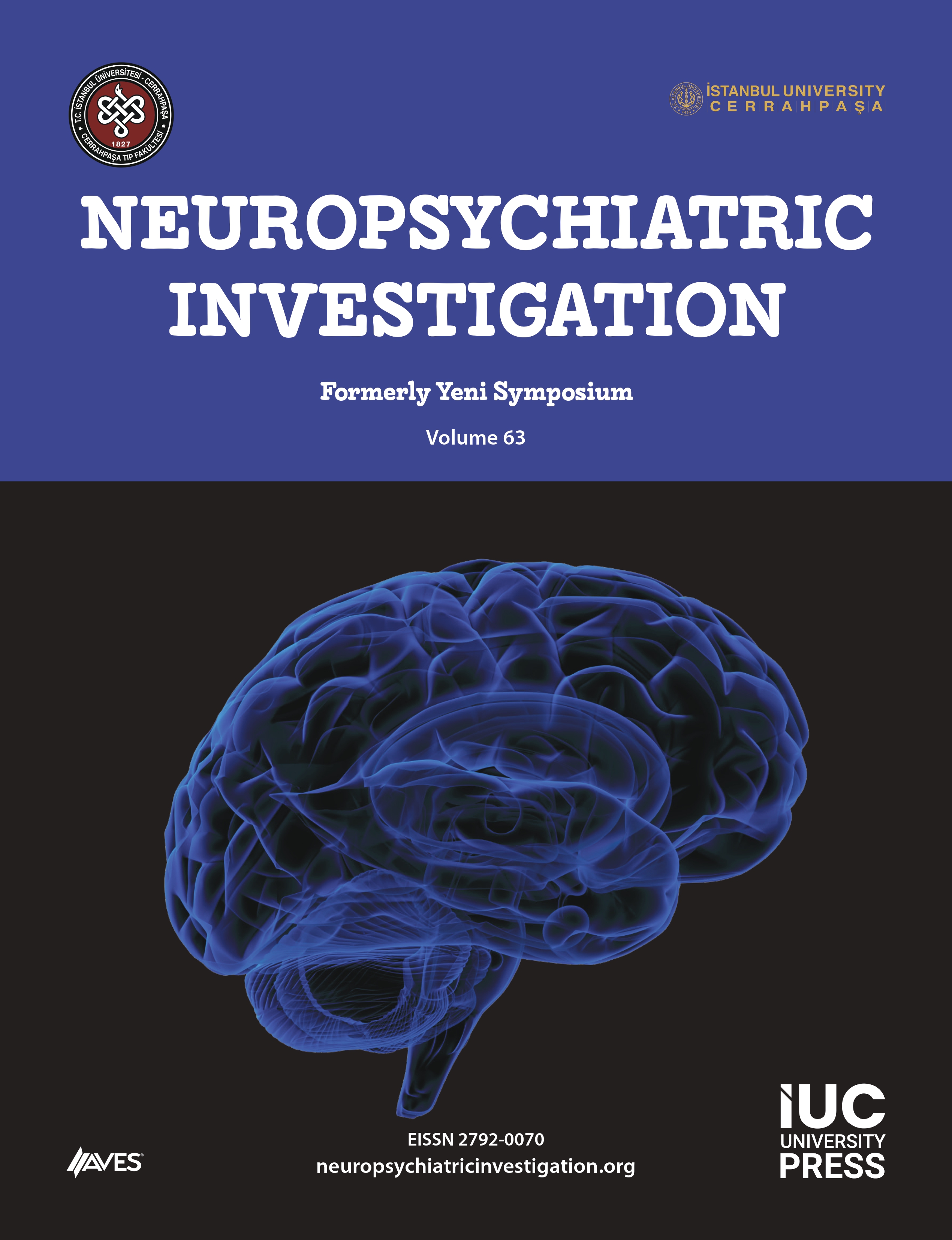Objective: Throughout the coronavirus disease 2019 pandemic, it is critical to look at the impact of high levels of worry and stress on people’s cognitive health. This study examines the relationship between anxiety, despair, and perception of threat as coronavirus disease 2019 distress and cognitive failures.
Methods: The sample of the study consisted of 818 people aged between 18 and 81 years. Structural equation modeling was carried out to reveal the existing relationships. In addition, demographic variables that predict cognitive failures during the coronavirus disease 2019 pandemic period are expressed in the simple linear regression analysis. Finally, an independent samples t-test was applied according to gender for anxiety, despair, perception of threat, cognitive failures, perception, attention, forgetting, and motor functioning.
Results: The results obtained from the structural equation modeling show that the coronavirus disease 2019 distress latent variables (anxiety, despair, and perception of threat) predict perception, attention, forgetting, and motor functioning during the pandemic period. It was found that cognitive failures were predicted by age, gender, educational status, media exposure, having a chronic disease, and compliance with hygiene rules.
Conclusion: In cognitive failures total score, perception, forgetting, attention, and motor functioning men exhibit more cognitive failures than women during the pandemic period. Women have higher anxiety and perception of threat scores than men.
Cite this article as: Arıcan H, Kafadar H. Examining the relationship between coronavirus anxiety and cognitive failures. Neuropsychiatr Invest. 2022;60(4):99-105.




.png)